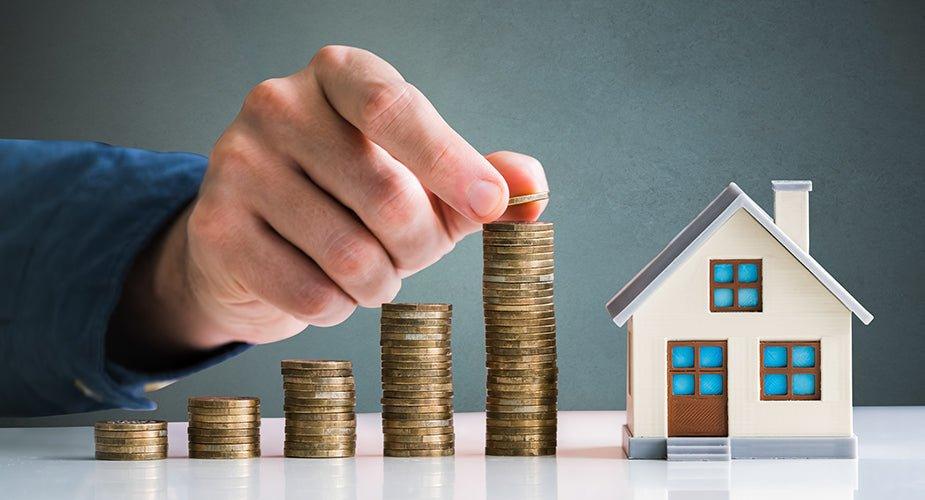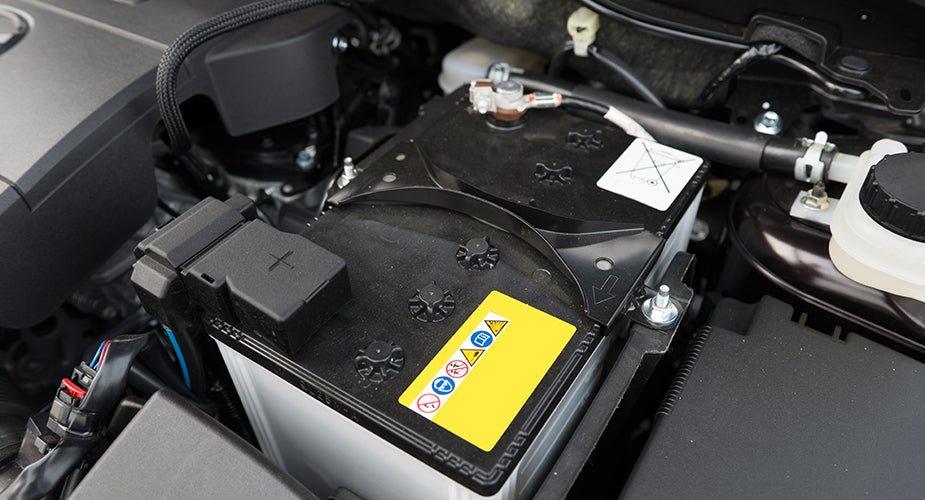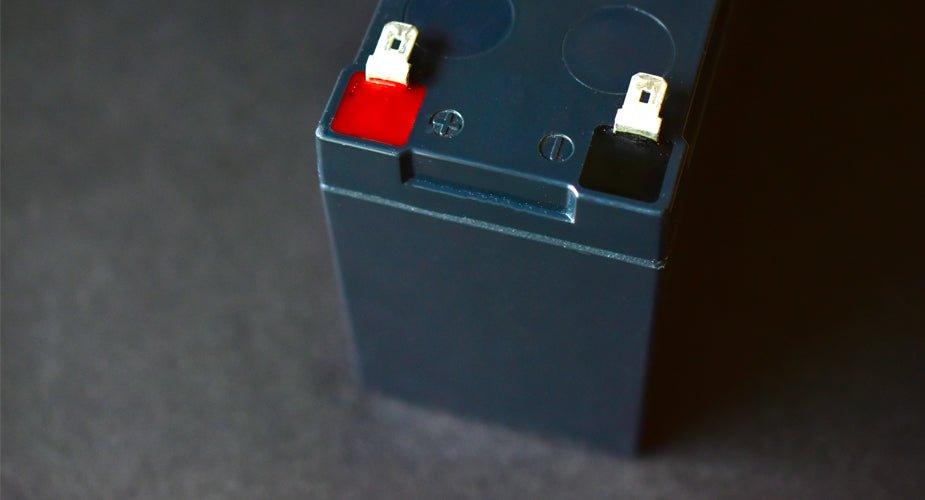In the past years, more and more people are looking into the appeal of tiny houses. Tiny Houses are answers to individuals who want to embrace the idea of downsizing their lifestyle or simply want to have the comfort of owning a house minus the big cost of owning a traditional home.
Due to their smaller size (these homes are under 400 square feet vs the typical US home that is around 2,600 square feet), it follows that the pricing is less than traditional homes. Owners also have the option to go for custom-built or pre-built houses that can be easily bought on online sites like Amazon. But before getting into the excitement of having your own tiny home, let’s carefully look at how much are tiny houses and whether it will match your expectation and budget.
Note that there are many factors affecting the overall price – size, amenities, finish, materials, choosing wheels or foundation, and more.
So How Much Are Tiny Houses?
With the impact of the COVID-19 pandemic, prices in general in the construction industry have risen and this also affects tiny houses. Micro houses can be built in several ways (house kits, custom-built, etc.) so they have a wide range of costs, but the national average cost to build one is from $40,000 to as high as $80,000.
The most economical will be around $25,000 for a prefab 100 square feet home on wheels, while the high-end side could reach $160,000 for a custom 400 square feet with 3 bedrooms and set on a foundation. Most owners go for two floors with a sleeping loft for $60,000, which is usually built on a foundation and around 200 square feet.
The Usual Cost of Tiny House by Type of Construction
As mentioned, there are different ways to build a tiny house, which will certainly affect the cost. But to easily look into that aspect, let’s divide it by the common ways to build a tiny home, which is either custom-made or prefab.
Custom homes can either be built by a builder or owners with the right skills. Many pursue building a tiny house by themselves with the area being small. Some may just purchase a plan or ask someone to draw it for them. This is also seen as the cheaper option, but warning, if you don’t have the correct know-how, steer away from this option, as the overall cost could balloon out. You also have to prepare not only financially, but mentally and physically as well. To give you an idea, a DIYer would need approximately 500 hours to complete a small house project, while professional builders will be able to do it for between 120 and 300 hours. You may also need to get a building permit and encounter hidden expenses.
For a custom tiny house, it will cost between $50,000 to $100,000. The cost difference will mostly depend on the materials used, the size of the tiny house, amenities, floor plans, and if professional help was sought.
Tip: If you are constructing a tiny house as a DIY project, make sure that you have all the necessary permits. Just contact your local city hall so that they can point you in the right direction. The permit price will depend on your location.
For prefab and modular small houses, the cost will be lower. Prepare to shell out between $20,000 to $50,000. The lower price is because these kits are not for modification and most likely only have small rooms for customization to meet a family’s specific needs. Owners will only have to put the sections of the tiny house kit together.
Tips: When researching how much are tiny houses, make sure to get estimates from at least three companies for comparison. Carefully study the materials, what's included, and each company's specialization to choose the best deal. This approach also applies when outsourcing a builder—unless you already have a trusted builder in mind.
Cost Differences Between Built on a Foundation and if on Wheels
Let’s quickly cover the cost of building a tiny house depending on the home type. This pertains if your tiny house is built on wheels or permanently placed.
For tiny houses built on a foundation, the price range will fall from $30,000 to $200,000 for custom-built ones, while if you opt for prefab construction, expect to spend around $25,000 to $125,000.
According to Forbes, expect to spend $4,500 to $9,000 for the laying of home foundation. If you want to build your small house in a hill area, prices will surely go up.
It is also very important to discuss that before building your dream tiny house you have to carefully check the local zoning laws and restrictions in addition to the cost of purchasing or leasing land. For example, it is not legal in many states to build a tiny house on a friend’s property for free.
For tiny houses built on wheels, you’ll save from having to purchase or lease land but of course, you’ll have to spend a decent amount for campground fees and a vehicle to tow it. For the actual building of your tiny house, you’ll spend $25,00 - $120,000 for the custom ones, and around $20,000 to $75,000 for prefab ones.
Tip: Make sure to use high-quality materials with a sturdy build. A tiny house built on wheels should be made to withstand travel and movement without facing issues with structural integrity.
Utility Cost of Tiny Houses
According to Alliance to Save Energy, you’ll save more in running a tiny house in terms of energy use and maintenance compared with regular-size homes, as tiny houses are sustainable and efficient.
For access to water and electricity, you can hook up to your traditional utilities. Connecting to a power grid can cause homeowners from $250 to $5,000 and $500 to $20,000 to the sewer system depending on your location (these prices are exclusive of the plumber and electrician fees for connecting the wiring and piping to the tiny house). For a tiny house on wheels, some RV parks and some tiny house communities will already include utilities (water, electricity, garbage, sewage, internet, etc.) in their parking fees. Monthly utility fees will vary depending on your location, home amenities, and usage, but will surely be lower than in traditional homes (some tiny house owners shares that their expenditures range from $50-$300 each month)
Alternatively, one of the attractions of owners of tiny houses is the option to go off-grid. The upfront cost could be costly but it will eventually pay for itself. In addition, not only is this eco-friendly, but it gives homeowners freedom from traditional utilities (say goodbye to monthly dues!) So, it is really a win-win situation.
In terms of electricity, owners can power up their houses using generators, wind turbines, and solar panels.
Tip: Always use a system that can be expanded and customized according to your requirements.
One product that you can check into is Nature’s Generator Powerhouse. This system can power almost anything with its split phase 240V/7200W or single phase 120V/7200W (combined) pure sine wave inverter. You can expand this generator using power pods (as many as you like) to extend battery capacity. This will also upgrade the solar and wind input.
Other product lines to check out are Nature Generator’s Gold System and Nature Generator’s Elite. Note that you can use these products anywhere, even indoors (they do not emit toxic fumes plus it is really quiet) and have seamless integration capabilities.
If you want to know more information, you can contact the support team of Nature’s Generator here.
Final Thoughts
If you are keen on constructing your tiny house, make sure to carefully consider the pros and cons because it is not for everyone.
If the price is your main drive for wanting to jump into the tiny house movement, then you can carefully review the above to get an idea of how much are tiny houses and see what price points match your financial capabilities. In this way, you are setting up your potential new home and yourself for success and reaping the benefits of a simpler, more sustainable, and economical way of living.
* We want to give credit where credit is due. Professional writer, Michelle Gamana, contributed research and content to this blog titled: How Much are Tiny Houses Thank you, Michelle, for your contributions!






 10,000W LIFEPO4
10,000W LIFEPO4









